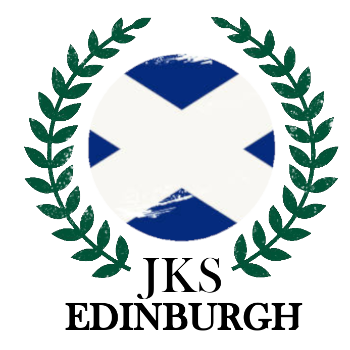O Sensei Funakoshi
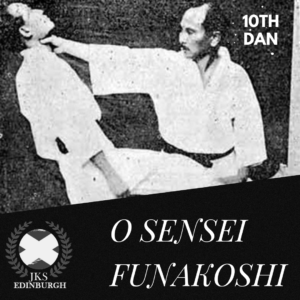
Who is Funakoshi Sensei?
O Sensei Funakoshi Gichin (1868-1957) is the founder of Shotokan Karate and is widely regarded as one of the most important figures in the history of modern karate. He was born in Okinawa, Japan and was born premature which, in that time, was normally an omen of ill-health and extensive medical problems.
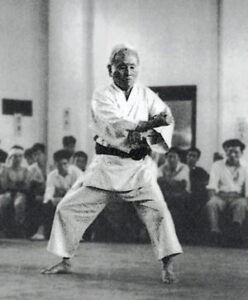
Thankfully, Funakoshi Sensei pulled through and at age 11 he began “playing” at Karate with the son of Yasutsune Azato, eventually being taken as a student of Azato learning Shuri-te.
Through this physical instruction and his father’s mental instruction on matters including the Chinese Classics, Funakoshi Sensei came to place a great importance on both physical and mental discipline and training, qualities which he saw as being instrumental in his health as a child through to adulthood and drew him towards qualifying as a school teacher in 1888.
Through his tutelage with Azato, Funakoshi Sensei was exposed to a great number of exponents of martial arts, including, famously, Yasutsune Itosu, whom Funakoshi Sensei also began training with.
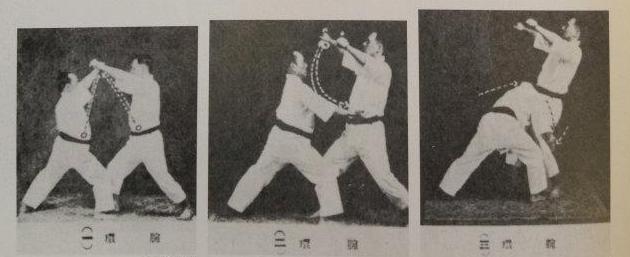
Itosu is credited with perhaps the first formal instruction of a martial art in an elemental school setting within the Okinawa region, and Funakoshi Sensei, who was also teaching his own students at the time, continued this work, demonstrating the physical and mental benefits of karate training to the then commissioner for schools within the area. The demonstration impressed the commissioner so much, that he recommended karate be adopted formally into the Okinawan school syllabus.
Itosu and Funakoshi Sensei developed their system of teaching karate and pushed this out to numerous schools across Okinawa, attempting the first “competition” between schools in 1905, though this competition system is a great step away from modern day tournaments. These early steps are arguably the first in leading to the popularisation of karate across mainstream Okinawa, slowly leading to invitations to demonstrate the art in mainland Japan.
In 1921, the then Crown Price visited Okinawa on his way to Europe, during which time he witnessed a demonstration of Karate , the Crown Price spoke both openly and excitedly of the demonstration throughout the rest of his journey, spreading the word of Karate, perhaps inadvertently, far and wide- and with such a significant figure of the Royal Family’s approval, Funakoshi sensei was invited to Toyoko to demonstrate Karate at the First National Athletic Exhibition in 1922.
This in of itself was a huge achievement and event as the general culture of the Japanese was to reject Okinawan influence as being unworthy of any serious consideration and more of a novelty however, with the Crown Prince’s interest peaked, and such a significant stage, Funakoshi Sensei was able to showcase Karate in the best light to the delight of the spectators there.
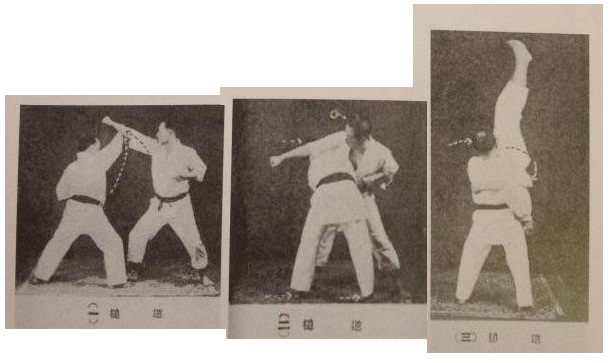
Funakoshi Sensei, being one of the few Okinawan instructors who could speak Japanese and understand the local customs, was the best choice for this demonstration and his natural humility won over several figures in Japan, leading to his initial trip being extended before he eventually moved to Japan longer term to continue his work and spread his art.
Funakoshi Sensei continued to teach and evolve his art, adopting the teachings of other instructors, styles and different martial arts to provide what he believed was the best methods of training for his students.
He was instrumental in the establishment of the Japan Karate Association, which became the primary governing body for karate in Japan and, through other prominent figures such as Nakayama Sensei, allowed Karate to be taught as a system and spread throughout the world!
Funakoshi Sensei continued to teach and practice karate throughout his life, and his legacy had a profound impact on the world of martial arts. He wrote numerous books and poems often using his pen name, “Shōtō (松濤)” which means “pine waves”.
On the construction of his first dojo, Funakoshi Sensei’s students named the dojo Shōtō kan or “the hall of Shōtō“. This was later adopted as the name of Funakoshi sensei’s style, Shotokan.
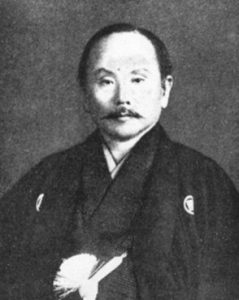
Funakoshi sensei’s lifelong commitment and dedication to Karate lead to the adoption of Karate as a martial art in the education system of Okinawa. He also paved the way in breaking down the barriers between Okinawa and Japan, seeing his style, and karate as a whole, explode across mainland Japan against all odds. His teachings and principles have been adopted by countless practitioners of karate and other martial arts, with his students being instrumental in the development of karate across the world. His influence can still be seen in the practice of modern Shotokan karate and without him there is no doubt we would not practise karate in quite the same way today.
References:
• “Nijū Kun” – https://en.wikipedia.org/wiki/Nij%C5%AB_kun
• “Gichin Funakoshi.” Karate by Jesse. Accessed February 14, 2023. https://www.karatebyjesse.com/gichin-funakoshi/
• “The Father of Modern Karate – Gichin Funakoshi.” The Martial Arts Muse. Accessed February 14, 2023. https://www.martialartsmuse.com/the-father-of-modern-karate-gichin-funakoshi/
• “Funakoshi Gichin.” Black Belt Magazine. Accessed February 14, 2023. https://www.blackbeltmag.com/arts/karate/funakoshi-gichin-the-father-of-karate
• https://www.jka.or.jp/en/about-jka/profiles/supreme-master-funakoshi-gichin/
